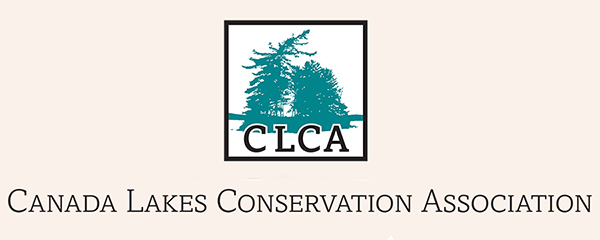
What can be done to control the Canada Geese population?
Canada geese (of which there are 11 sub-species) have become a problem across the United States. One sub-species was close to extinction in the early 1960‘s and great efforts were made by The US Fish and Wildlife Service, State wildlife agencies and organizations such as Ducks Unlimited to save and re-introduce them. The program was very successful. Canada geese have generally adapted to human-altered environments and have become a nuisance. Geese are federally protected, but the USDA Wildlife Services Agency has been engaged in lethal culls of Canada Geese primarily in urban or densely populated areas, with limited and usually short-term success. Usually new geese quickly move in.
Geese prefer human altered habitats, such as lawns that run down to the waters edge. Allowing natural vegetation to grow at lakeside, or planting ferns, can effectively deter geese. The importance of natural barriers for geese deterrence is a point made by several websites including Sound Native Plants The Humane Society’s article on the Canada Geese problem states “The most lasting way to avoid Canada geese problems (and often the most cost-effective in the long run) is to change the habitat so it doesn’t appeal to them.”
Other measures can sometimes deter geese with multiple deterents having generally more success. Potential control measures include:
- More natural habitat
- Barriers
- Sport Hunting (special permit required)
- Trap and transfer
- Use decoys
- Install Scarecrows
- Use “Bird Scaring” Reflective Tape
- Harassment/Scare Tactics
- Population Control Measures (special permit required)
- Depredation Permit (special permit required)
The following sites provide more information on how to deal with Canada Geese:
http://www.humanesociety.org/animals/geese/tips/solving_problems_canada_geese.html
